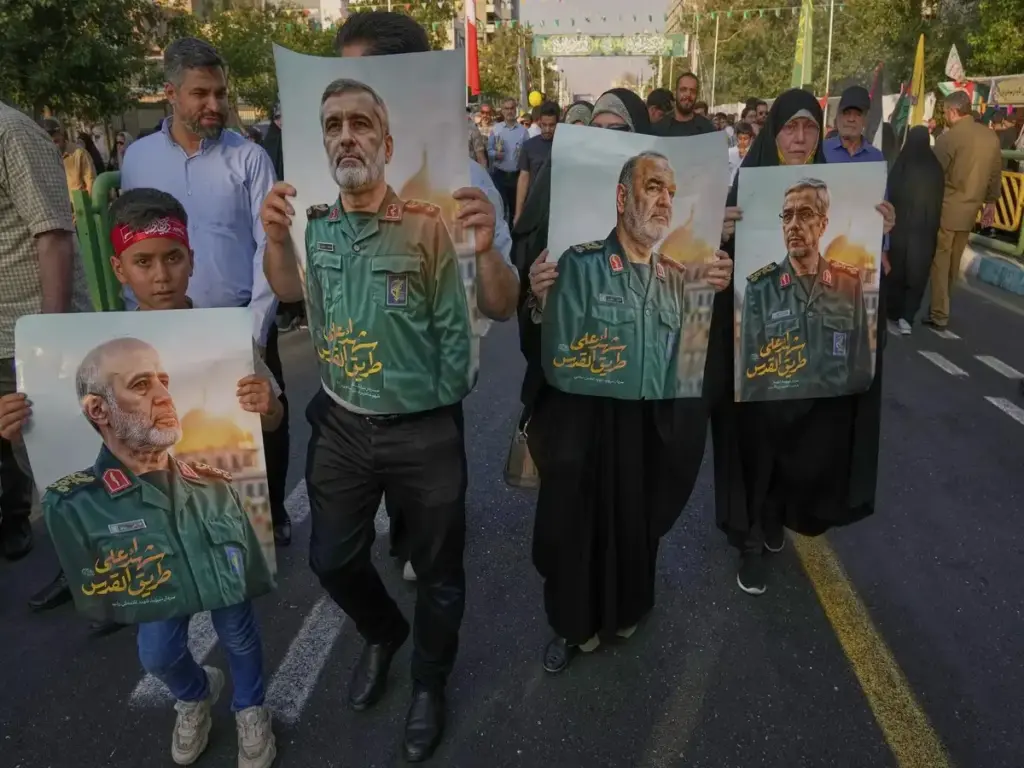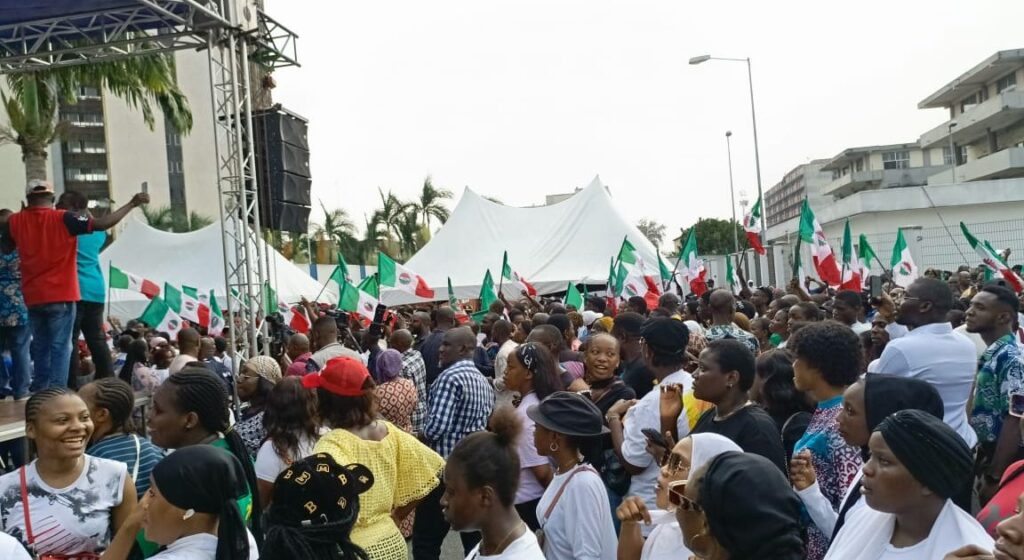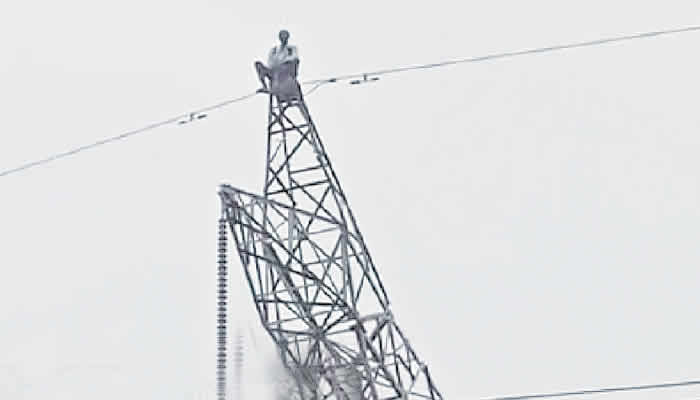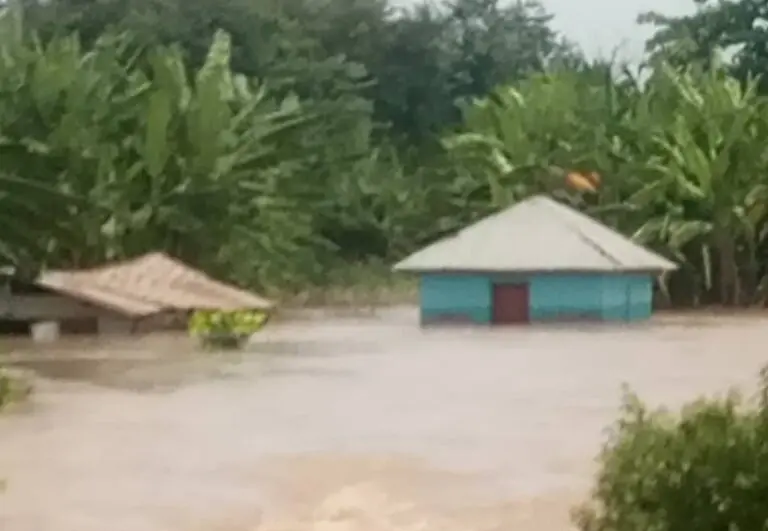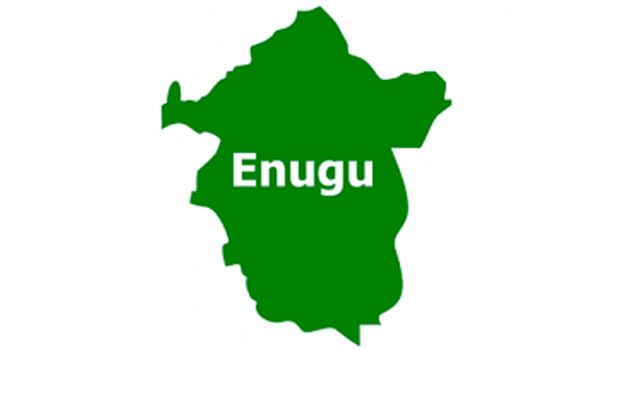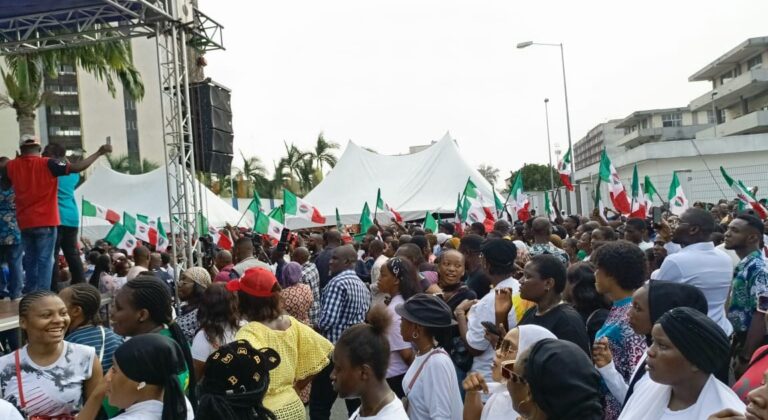Tensions in the Middle East have escalated dramatically after Iranian state television issued an alarming broadcast late Saturday night, declaring that all US citizens and military personnel in the region are now considered “legitimate targets.”
The announcement follows Saturday’s US airstrikes on Iran’s three key nuclear facilities — Fordow, Natanz, and Isfahan — ordered by President Donald Trump.
Flanked by senior members of the Islamic Revolutionary Guard Corps (IRGC), a uniformed spokesperson delivered the statement during a primetime national broadcast.
“From this moment, no American in the region is safe,” he warned, pointing at a map displaying US military bases across Iraq, Syria, and the Persian Gulf.
The IRGC specifically highlighted installations housing thousands of American troops and contractors, suggesting potential retaliatory action could range from asymmetrical strikes to direct confrontations.
Analysts are viewing this as Tehran’s most explicit threat against US civilians since the 2020 killing of General Qasem Soleimani, incidentally also ordered by Trump during his first presidency.
The US State Department condemned the declaration as “reckless and dangerous,” advising all American citizens to evacuate the region immediately and initiating emergency protocols for diplomatic staff.
The Pentagon confirmed that all US bases in the region have been elevated to Force Protection Condition Delta — the highest level of security readiness.
Global oil prices reacted instantly, with Brent crude jumping 3% within hours of the announcement. Market analysts attribute the spike to fears of disrupted shipping lanes in the Strait of Hormuz, a chokepoint through which over 20% of the world’s oil supply passes.
Meanwhile, Gulf States like the UAE and Saudi Arabia are quietly urging both Washington and Tehran to exercise restraint to avoid dragging the entire region into a war.
Yesterday US Defence Secretary Pete Hegseth, and Joint Chiefs of Staff, Gen Dan Caine, held a joint press briefing at the Pentagon where they shed more light on the strikes carried out by the US.
Hegseth said the US “conducted a precision strike in the middle of the night against three nuclear facilities in Iran, Fordo, Natanz, and Isfahan”. “We devastated the Iranian nuclear programme, but it’s worth noting the operation did not target Iranian troops or the Iranian people,” Hegseth added.
“This mission was not, and has not, been about regime change,” Hegseth added. On the details of the operation, Caine said the B2 bombers set off from the US, with some heading west into the Pacific as a “decoy”. Caine said around 75 “precision guided weapons” were used, including 14 “Massive Ordnance Penetrators” – also known as “bunker busters”.
Hegseth said no shots were fired at the US during the operation, adding that the bombers were on their way back to the US. And yesterday the tension in the region further heightened when Iran’s parliament voted to close the Strait of Hormuz considered a strategic and vital asset to world shipping.
A senior Iranian lawmaker yesterday said that the parliament (Majlis) had agreed to close the key artery for world energy trade as a response to the US aggression against the Middle-East country and the alleged silence of the international community.
The lawmaker said legislators had reached a consensus on the closure of the strait, though Iran’s Supreme National Security Council has the final decision. Located at the mouth of the Persian Gulf, the Strait of Hormuz is one of the most vital chokepoints in global trade. About 20 per cent of the world’s oil, estimated as to about 17 to 18 million barrels per day, passes through it.
The move could block $1 billion in oil shipments per day and is likely to send oil prices soaring. The Supreme Council’s decision is expected to be made as soon as possible. The strait connecting the Gulf of Oman with the Persian Gulf is just 20 miles wide at its narrowest point.

